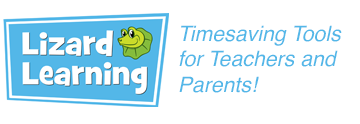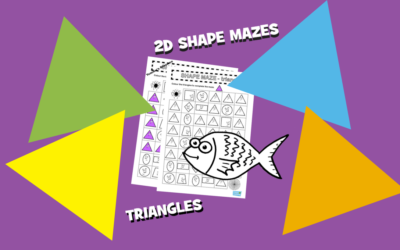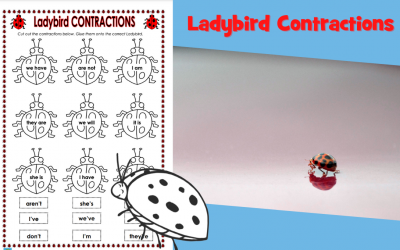While I could never adequately summarise the history of Queensland’s schools in one post, I hope my overview encourages you to investigate further (this Education Queensland website is an excellent place to start). Maybe it will even inspire you to design a history lesson based on the history, of lessons!
A quick history of primary schools in Queensland
There have been schools in Queensland almost as long as there have been people. The first settlement in what is now Queensland, was established in 1824, and the first primary school started in 1826 in Moreton Bay. The school was funded by the government but administered by the Anglican Church as people at the time believed that it was the Church’s job to oversee education. This school was closed in 1842.
Until 1845 most schools in Queensland were privately run from people’s homes. There was no standardisation across schools and no overseeing body to ensure that students were actually being educated. In 1845 the first Catholic school opened which started a trend of small denominational schools providing education across Brisbane for the next few decades. There was still no oversight or consistency outside of the individual churches, so in 1848 Governor Fitzroy appointed a Board of National Education tasked with the creation of government schools, that would exist separately from the churches.
While these schools were predominately secular, they still included scripture lessons and optional religious instruction during school hours. Initially, parents in the region were required to contribute to the building costs of new schools and pay fees that subsidised teacher salaries. The National Board also instituted a curriculum which helped to standardise education across the state. This curriculum was focused on the ‘3Rs’ (reading, ‘riting and ‘rithmatic).
This system of government-funded schools worked well until Queensland was officially declared a separate colony in December 1859. The Education Act of 1860 established Queensland’s education system as independent under the supervision of the Board of General Education. The new Board picked up four National schools from NSW – Warwick, Drayton, Brisbane Boys and Brisbane Girls. Warwick East State School was opened in November 1850 and is still open today making it the oldest school in Queensland. The original school building is now heritage listed.
In 1862 the Normal School was built in Brisbane. It was designated as a training school where potential teachers could learn by observing teachers at work – similar to today’s student teacher system. Queensland’s school were now so spread out that this system was quickly expanded to allow head teachers at other schools to train future teachers.
In 1869 Provisional schools were added to Queensland’s school system. These schools were less formal than traditional state schools, but they provided children from more remote communities with access to education.
The next year public school fees were abolished encouraging education across all social classes.
In 1875 State Education Act of 1875 was introduced and primary schools began to seem more like the establishments we know today. The Act delivered these key initiatives:
Primary education for children aged from 6 to 12 was to be compulsory. (This provision was not fully implemented until 1900).
Education was to be secular, i.e. under the control of the State (In conformity with this policy, all assistance to non-state schools was withdrawn in 1880).
Primary education was to be free.
The number of schools in Queensland rose from 231 in 1875 to 911 in 1900 which allowed teachers to bring basic literacy to most Queensland children by 1900. The first official teacher training college was established in Brisbane in 1914, and the previous apprenticeship style education was phased out between 1923 and 1935.
In the first half of the 20th Century, the focus turned to the impact of distance on education. Travelling teachers provided intermittent education to remote areas until the postal system improved and the government was able to establish the Primary Correspondence School. During this period the external Scholarship exam became widespread. Initially designed to give gifted students a chance to attend high school, its scope broadened to allow the majority of the students who took the exam to attend high school. This exam marked the end of primary school until 1963!
The State Education Act 1964 replaced the almost a century old 1875 making government secondary schools free and overhauling the existing curriculum. This new curriculum stated necessary outcomes but allowed teachers more freedom in their teaching style. This overhaul formed the foundation of Queensland’s teaching system until the roll-out of the National Curriculum began in 2014.
Over the years the standards, appearance, curriculum, religion, and even state of Queensland’s schools have changed dramatically. The one thing that has never changed is the children’s desire to learn and the teachers’ desire to prepare their students for the future.





0 Comments